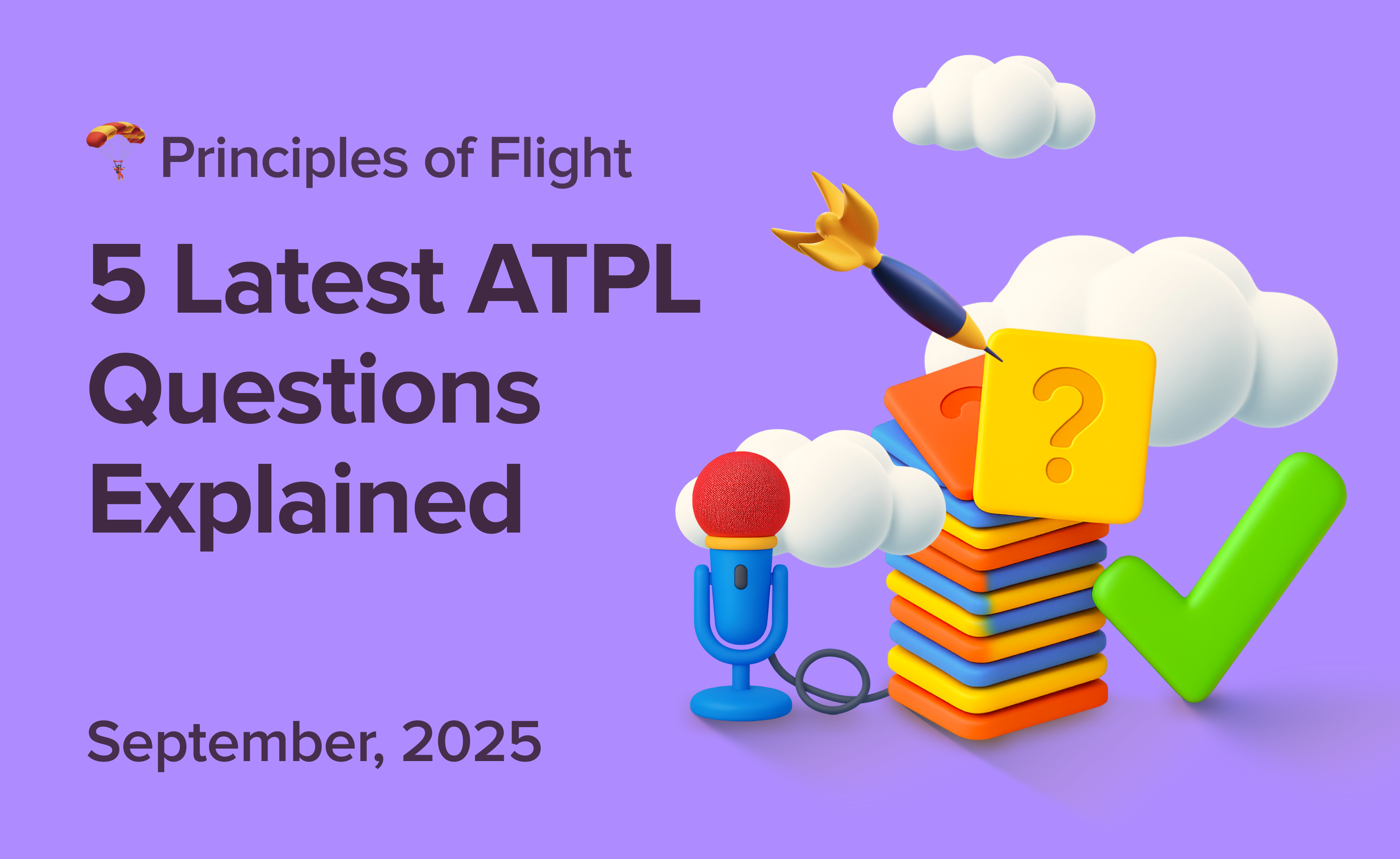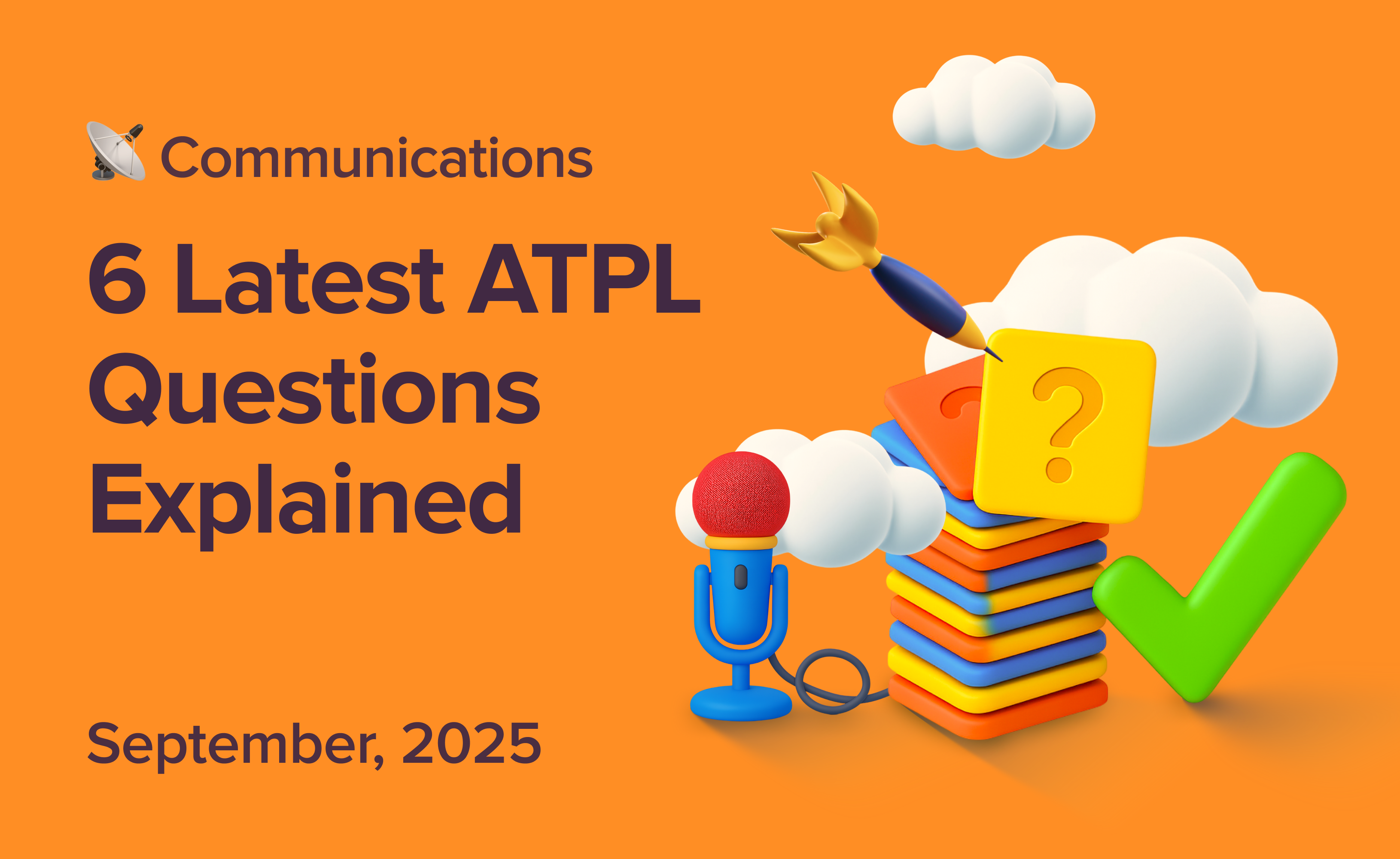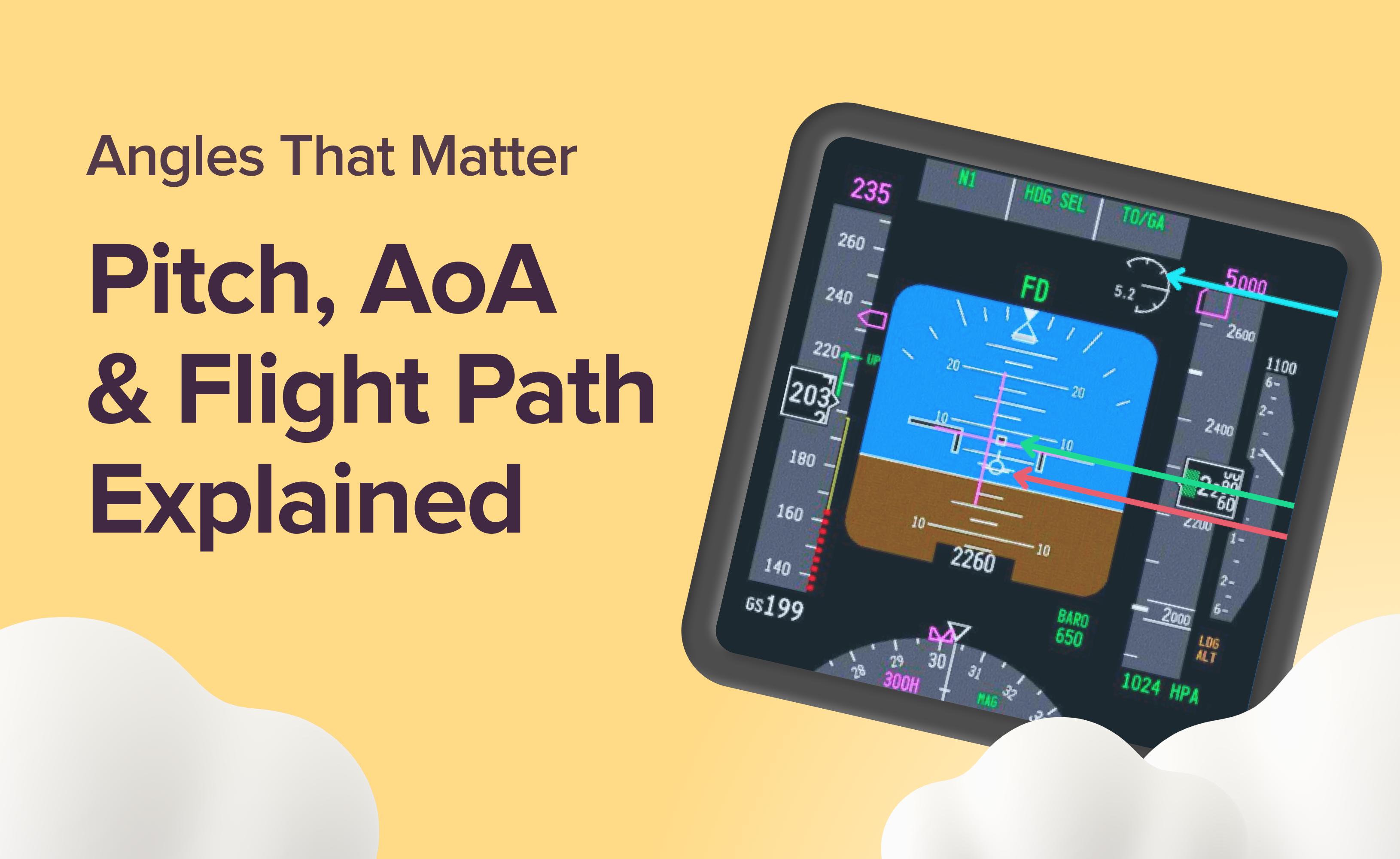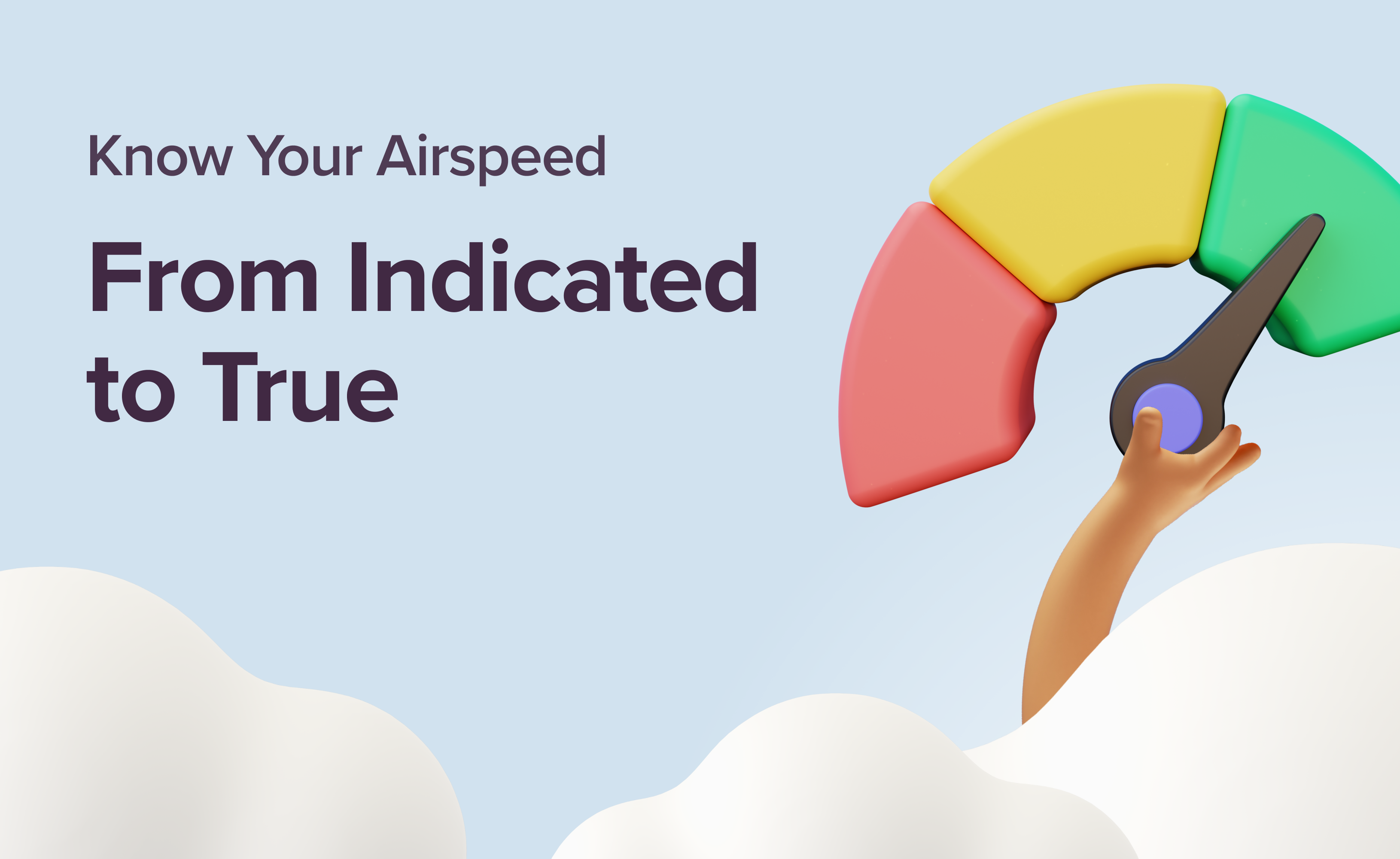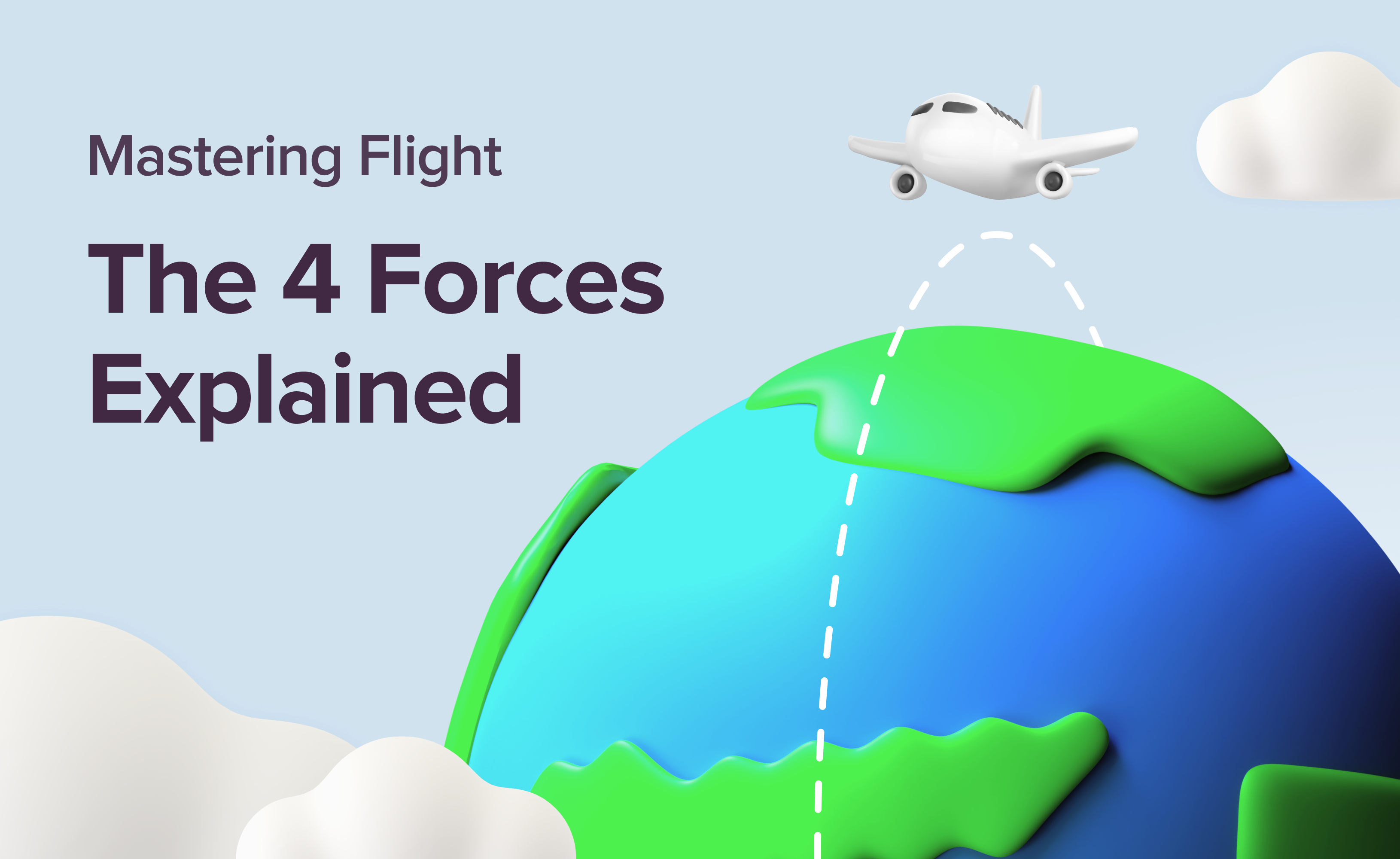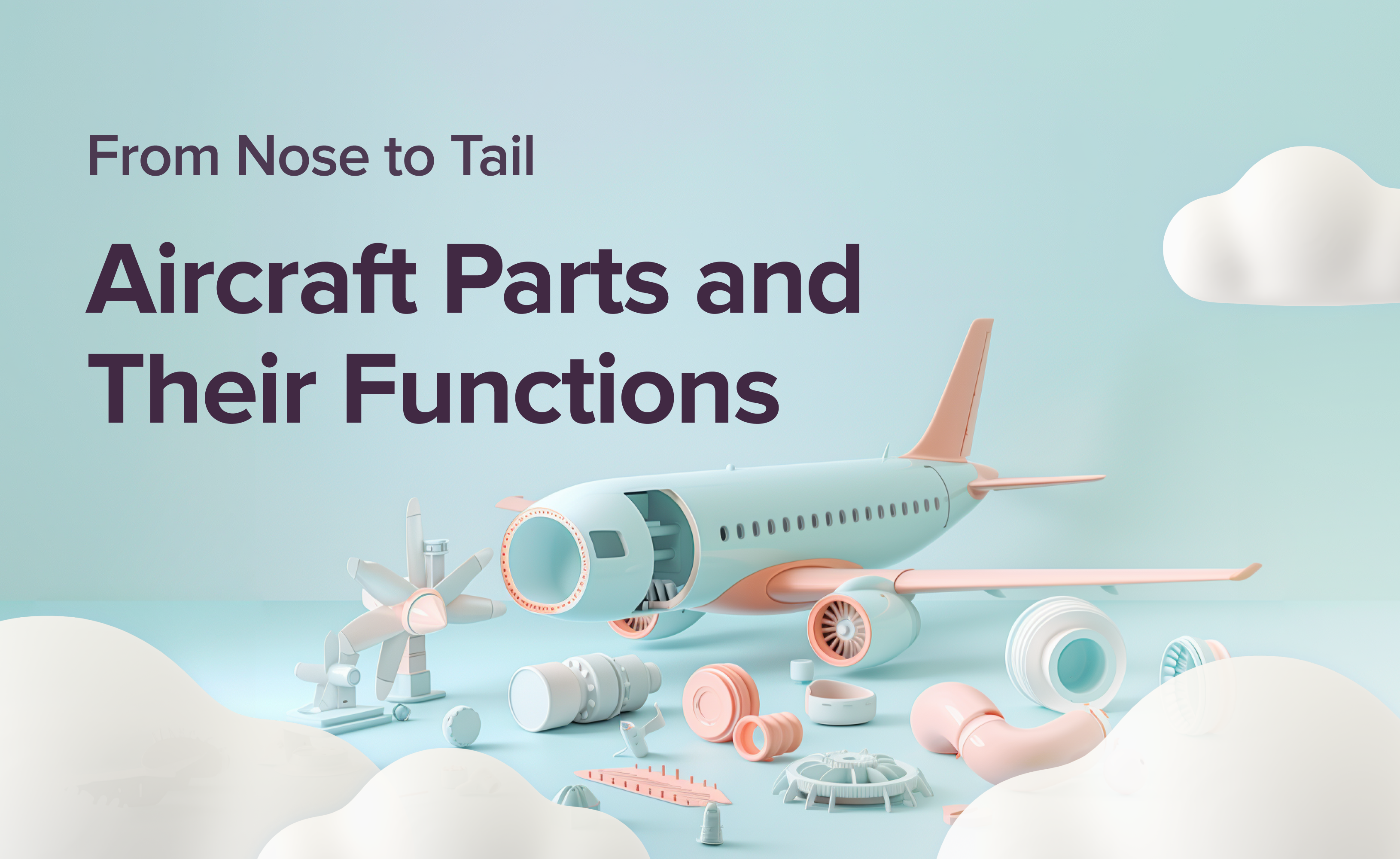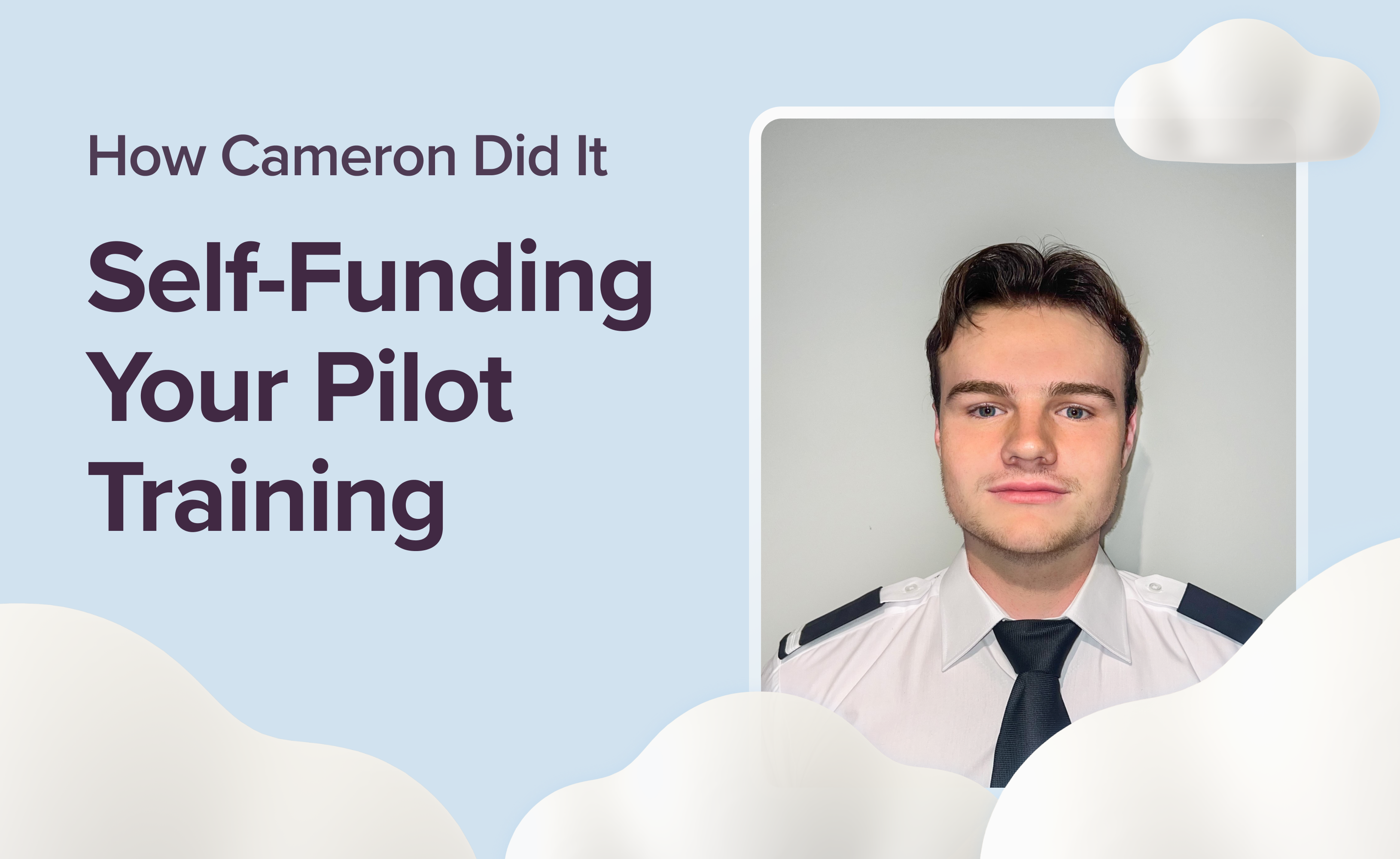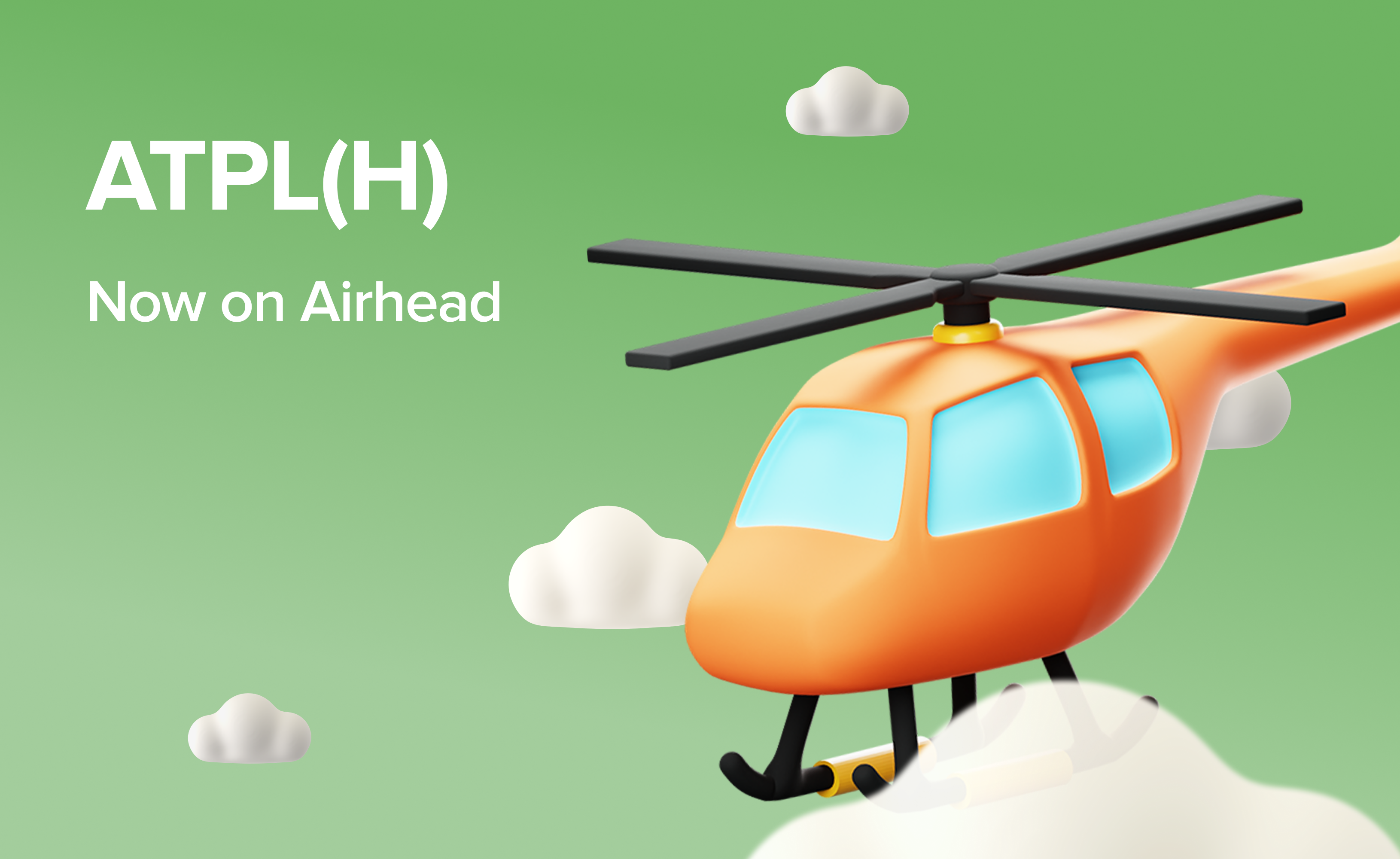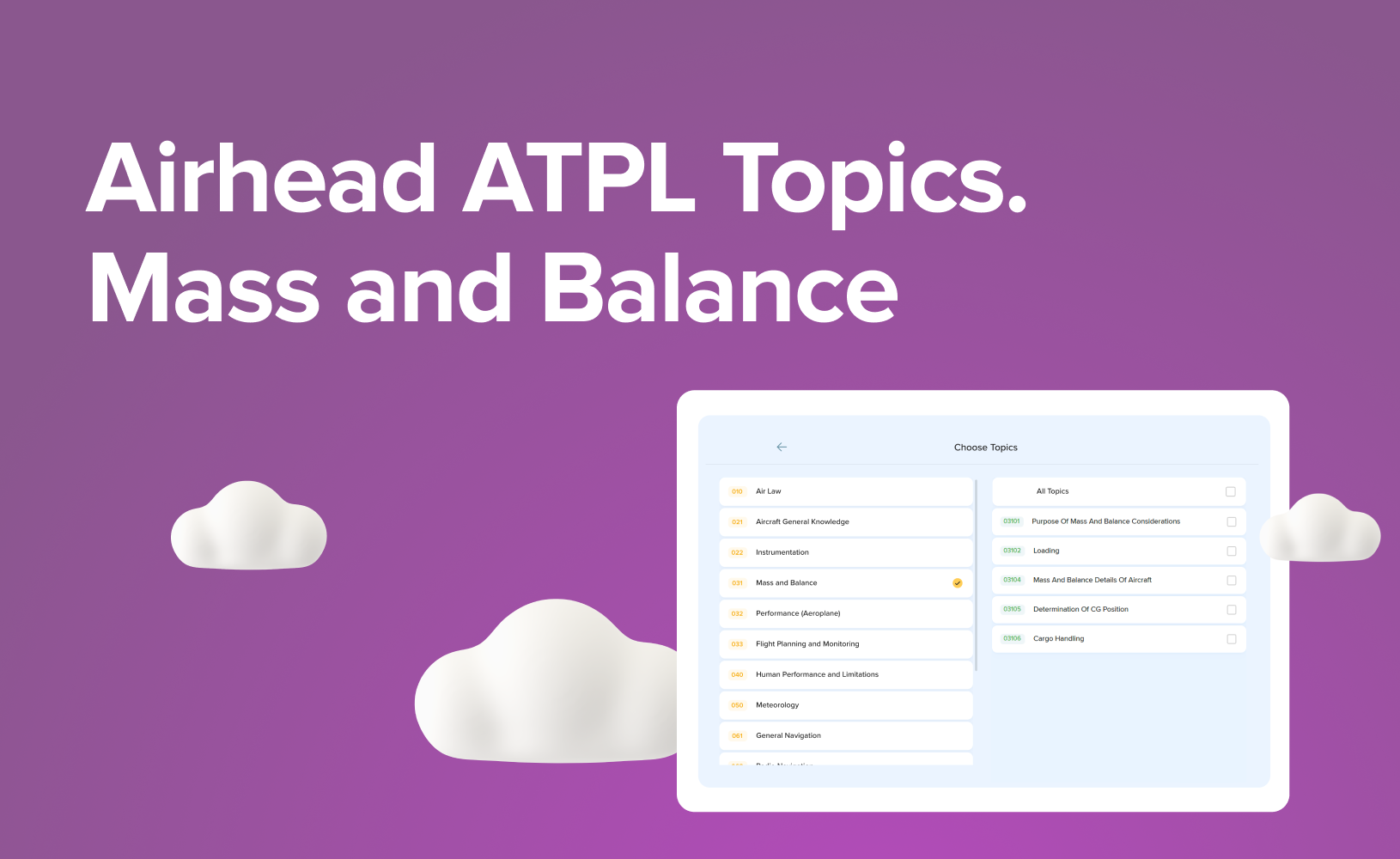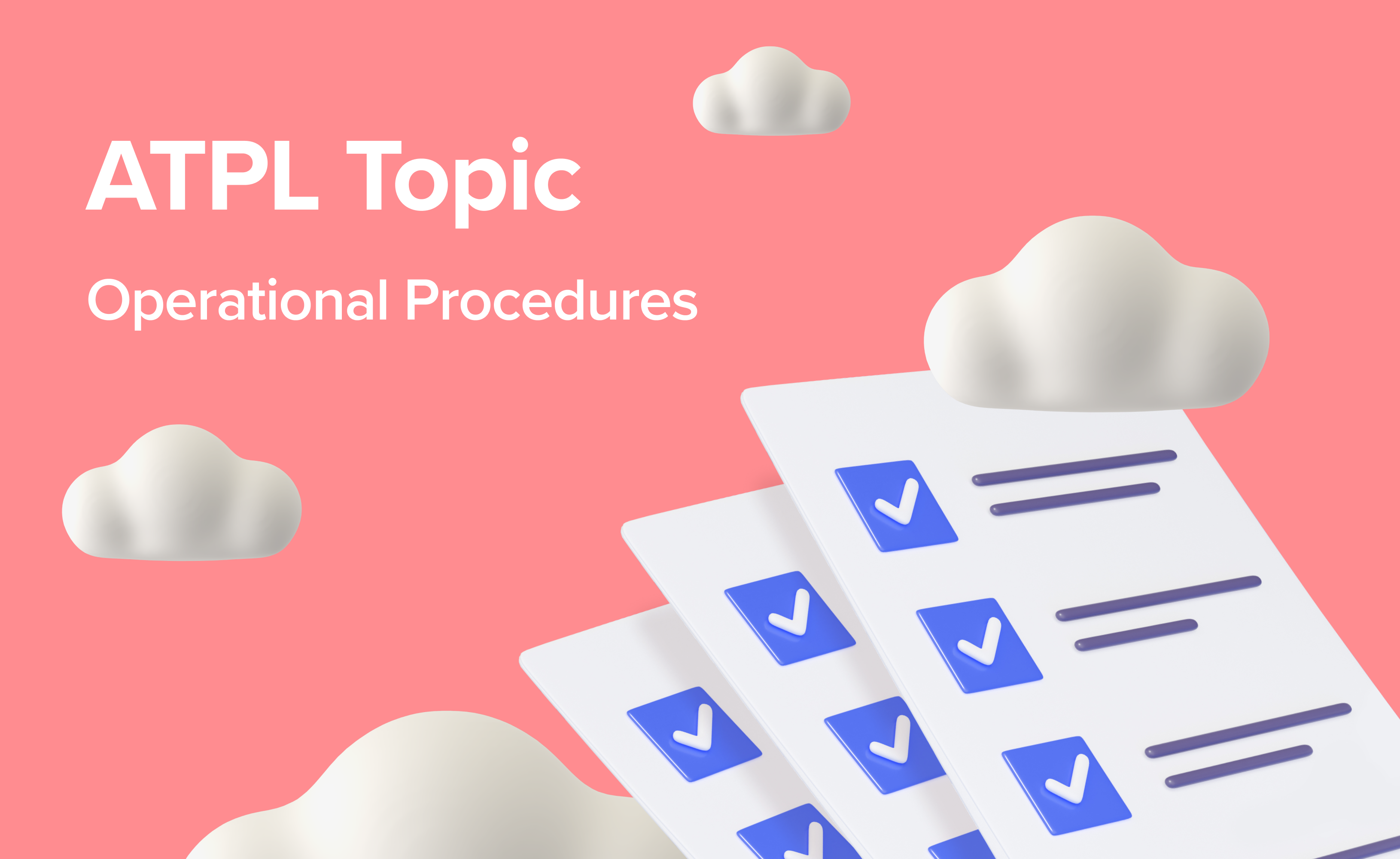ATPL Topics. Human Performance and Limitations

Ever wondered why pilots seem superhumanly calm during a turbulent landing, or how they navigate complex airspace with such precision? The answer lies not in superhuman abilities, but in a deep understanding of Human Performance and Limitations (HPL). This critical module isn't just about passing the ATPL exams; it's about unravelling the secrets to safe and efficient flying.
Introduction to the Human Performance and Limitations
HPL delves into the fascinating interplay between our physiology and psychology, revealing how they influence our decision-making and performance in the cockpit. By gaining a thorough understanding of these limitations, we can not only safeguard ourselves but also ensure the safety of our passengers and fellow crew. Think of it as the basic building block of a successful – and more importantly, safe – flying career.
Let's explore 5 key HPL areas covered in the ATPL exam syllabus:
Hypoxia: The lack of sufficient oxygen at high altitudes leads to symptoms like fatigue, impaired judgement, and even loss of consciousness. Understanding hypoxia and its effects is crucial for safe flight at altitude.
G-forces: The forces acting on the body during manoeuvres. Positive G-forces can cause redout (loss of vision), while negative G-forces can lead to greyout (loss of consciousness).
Situational Awareness: The ability to perceive and understand the environment around the aircraft, including its position, weather conditions, and other potential hazards.
Crew Resource Management (CRM): Effective communication, collaboration, and leadership skills that enable a well-functioning flight crew.
Decision-Making Under Pressure: The ability to make sound judgements in critical situations, considering all available information and potential consequences.
Remember, mastering HPL is an ongoing process. By actively engaging with the material, examining accident case studies, and practising scenario-based training, you'll develop the skills and awareness to become a safe and effective commercial pilot.

Exam Overview
Number of Questions: 48
Exam Duration: 1 hour 30 mins;
Difficulty: Medium;
87% of papers passed.
The Human Performance and Limitations ATPL exam assesses your comprehension of the physiological and psychological factors that influence how pilots perform and make decisions in the cockpit.
Be prepared to face 48 multiple-choice questions designed to test your HPL knowledge. You'll have 90 minutes to showcase your understanding of human factors in aviation. While listed as a “medium” difficulty level among the 13 ATPL exams, the dedicated study will equip you to excel in this exam. The 87% rate of student papers passed underscores the need for effective preparation.
HPL subject covers how your body works at high altitudes over long flights. It looks at both physical and mental health concerns. Be warned — some questions are tricky. They'll give you situations and ask you to choose the right answer, not the most obvious one. Stay organised and study hard!
Subject Syllabus
In the ATPL course, the HPL subject syllabus contains three extensive sub-topics. Let's have a brief look at each of them.
040-01 Human Factors: Basic Concepts
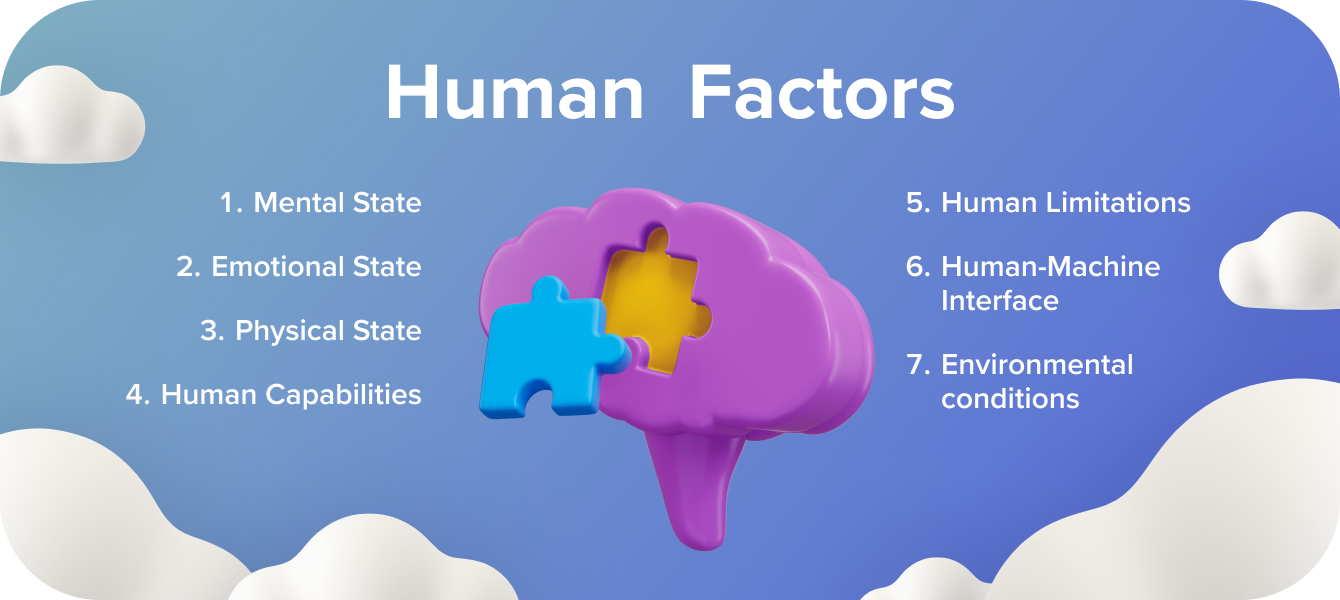
Human Factors (HF) in aviation theory study how people's abilities and limitations interact with different parts of the aeroplane. This includes the design of aircraft cockpits, equipment, operational procedures, and even the broader flying environment. By comprehending these physiological and psychological factors, pilots can make informed decisions and maintain optimal performance during critical moments.
Here's a quick overview of the concepts covered under the first sub-topic.
Mental State: This refers to a pilot's cognitive state, how pilots think, perceive information, and make decisions under pressure. This includes understanding concepts like attention and vigilance, situational awareness, decision-making biases, and workload management.
Emotional State: Understanding a pilot's emotional well-being, such as stress or fatigue, is crucial as emotions can influence judgement and performance in the cockpit.
Physical State: Aviation theory examines how our bodies and minds function under the unique demands of flight. This includes understanding the effects of oxygen deprivation at altitude, forces acting on the body during manoeuvres, sleep-wake cycles, and stress management.
Human Capabilities: This explores the strengths and skills pilots bring to the table, such as spatial awareness and motor coordination, essential for successful aircraft operation.
Human Limitations: Recognising human limitations, such as fatigue or cognitive biases, allows for the design of systems and procedures that mitigate these limitations and improve safety.
Human-Machine Interface (HMI): This focuses on how pilots interact with aircraft controls, displays, and systems. An ideal HMI minimises workload and ensures intuitive operation, reducing the likelihood of confusion or errors.
Environmental Conditions: Aviation theory considers how weather, altitude, and noise affect pilot performance and decision-making.
040-02 Basics of Aviation Physiology and Health Maintenance

The Basics of Aviation Physiology encompass understanding how the human body responds to the unique conditions of flight. Here's a breakdown of the key aspects to master:
1. Altitude Physiology
Studying how changes in altitude affect the body's oxygen levels, pressure, and overall performance. This includes concepts like hypoxia (oxygen deficiency) and its effects.
2. Respiration and Circulation
Learning about breathing techniques and the cardiovascular system's adaptation to altitude changes. Understanding factors like hyperventilation and carbon monoxide poisoning.
3. Vision and Spatial Orientation
Exploring how the inner ear contributes to balance and spatial awareness is crucial for maintaining orientation in flight. Topics include spatial disorientation and illusions.
4. Heat and Cold Stress
Understanding the body's response to temperature extremes encountered during flight, including hypothermia and heat exhaustion.
5. G-Forces and Acceleration
Delving into the effects of acceleration and gravitational forces on the body, particularly during manoeuvres. Concepts like G-induced loss of consciousness (G-LOC) and anti-G straining manoeuvres are important.
6. Fatigue and Stress
Recognising the impacts of fatigue and stress on pilot performance, and strategies to mitigate their effects for safe flying, such as proper sleep schedules and crew duty limitations.
7. Fitness and Nutrition
The importance of maintaining a healthy lifestyle with regular exercise and a balanced diet to optimise physical and mental fitness for flying.
8. Substance Abuse
The dangers of alcohol, drugs, and medications that can affect pilot performance and decision-making. You'll learn about regulations regarding substance use for pilots.
9. Medical Fitness
The importance of regular medical examinations to ensure pilots remain physically and mentally fit to fly safely.

040-03 Basic Aviation Psychology
This sub-topic within the ATPL Human Performance and Limitations exam syllabus delves into the mental aspects of flight and how they can influence a pilot's decision-making, situational awareness, and overall performance. This knowledge will equip you to make sound decisions, manage stress effectively, and work collaboratively with your crew to ensure a safe and successful flying experience.
The glue that holds a flight crew together is Crew Resource Management (CRM). HF principles are applied to develop strong CRM skills, promoting clear communication and a safety culture during flight operations. By mastering these principles, you can contribute to a safe and efficient flying environment, ultimately paving the way for a successful aviation career.

Here's a breakdown of the key areas you'll encounter under the CRM:
Attention and Vigilance. This section explores how pilots focus their attention on critical tasks while remaining vigilant for unexpected events. You'll learn about the limitations of attention and strategies to maintain focus during long flights.
Decision-Making. Understanding how pilots make choices under pressure, considering all available information and potential consequences. This includes recognising cognitive biases that can lead to errors in judgement.
Situational Awareness. The ability to perceive and understand the surrounding environment, including aircraft position, weather conditions, and other potential hazards. You'll learn about factors that can impair situational awareness and strategies for maintaining a clear picture of the situation.
Workload Management. Pilots juggle multiple tasks during flight. This section explores techniques for prioritising tasks, delegating responsibilities within the crew, and recognising signs of overload to maintain safe and efficient operations.
Communication: You'll learn about different communication styles, active listening techniques, and how to overcome communication barriers.
Leadership and Teamwork. Understanding the roles and responsibilities of each crew member, fostering a collaborative environment, and utilising the strengths of each individual for optimal performance.
Airmanship. This concept goes beyond technical skills and incorporates critical thinking, decision-making, and a professional attitude that prioritises safety in all aspects of flight operations.
Stress Management. You will learn that stress-coping strategies are essential, including relaxation methods, fostering a positive mindset, and leveraging support networks within the crew for sustained performance.
Note. This is a basic overview, and the specific content covered in the ATPL HPL exam may vary slightly depending on the exam authority. Refer to your approved study guides and resources for more detailed information on these topics.
Mastering Human Performance and Limitation

The HPL exam delves into a broad spectrum of topics related to human factors in aviation. To tackle the HPL exam with confidence, consider these effective study strategies:
Invest in Approved Resources. Seek out textbooks and study guides specifically designed for ATPL training.
Active Learning is Key. Don't simply memorise facts. Engage actively with the material by discussing it with classmates, applying concepts to real-world scenarios, and analysing past aviation accidents to understand the role of human factors in these events.
Practice Makes Perfect. Sharpen your skills by using a question bank with comprehensive explanations. Try to apply HPL principles in a simulated flight environment. This will solidify good habits and enhance your decision-making skills in real-world situations.
Seek Clarification. Don't hesitate to ask instructors for help with complex topics or concepts they may have covered during your lessons.




